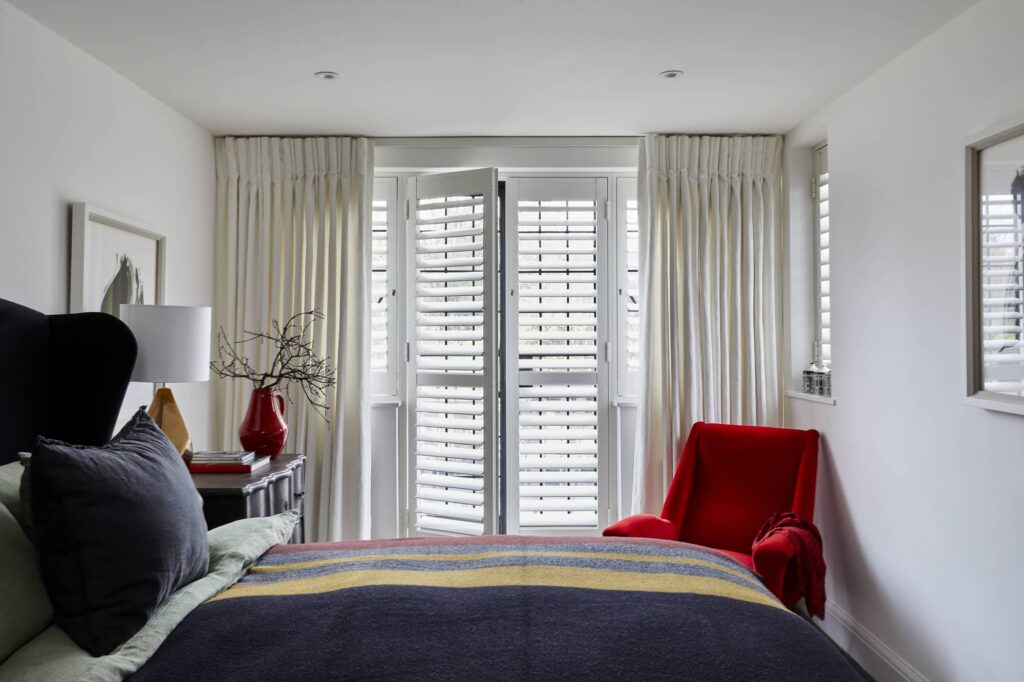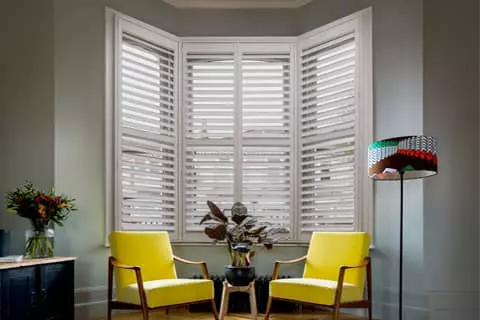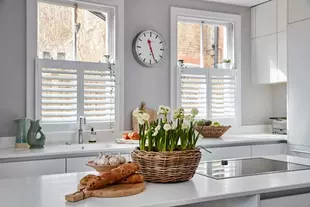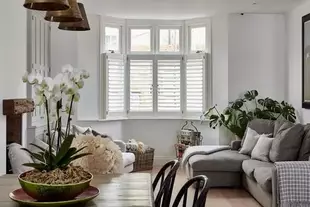Temperature discussions are hot on everyone’s radar at the moment, and properties in London and the surrounding areas are amongst those most effected by the waves of heat that have been hitting the UK. The south of England often records the highest UK temperatures at any given time, and the built-up city scape intensifies this heat and humidity as it reflects and trap in amongst high rises and over saturated living spaces. Londoners are well practiced at escaping to various green spaces to picnic and play, or ditching uncomfortable working from home conditions for air-conditioned offices, but when the sun expels its full force on our quintessentially British climate, the difficult battle of regulating a property’s temperature remains.
In previous years, residents turned to trusty fans, air conditioning units and other energy reliant devises to deliver relief from the heat. However, parallel to an increase in temperature, the harsh pinch of rising prices hitting household bills across the board is being felt which makes these once trusty energy guzzlers a significantly less appealing option this summer causing discerning consumers to reconsider their long-term cooling solutions.
In a three-part blog, we explore the facts of overheating in your home, and why Shutters, Blinds and Awnings are the ideal energy saving investment to save you money whilst effectively regulating the temperature in your property.
In this first part, we present ‘Flash Facts on window dressings and overheating’:
- On Tuesday 19th July 2022 the U.K. Met Office registered the highest recorded temperature in the UK, a provisional reading of 40.2 degrees Celsius (104.4 degrees Fahrenheit) at Heathrow Airport.
- The Chartered Institution of Building Services Engineers recommends that temperatures in a home should not exceed 26 degrees Celsius. In a study conducted by the BBSA, a London property was recorded at reaching 47.5oc without any shading present, 32oc with internal shading installed and 28oc with exterior shading installed.
- The ‘Urban heat island effect’ accounts for the higher temperatures found in cities. This is primarily caused by the replacement of natural surfaces with hard impervious surfaces that are generally dark and absorb large amounts of solar radiation. Urban hard surfaces are significant in the built environment in the form of roads, paved areas, roof tops and so on.
- In properties with many windows, solar radiation passes through glass and heats internal surfaces, which re-radiate long wave infra-red radiation that cannot pass through glass. This is known as the greenhouse effect.
- Buildings oriented with south facing glazing may accumulate high levels of solar gain.
- Double-glazed windows reduce heat losses through conduction.
- The activities of occupants such as cooking, bathing, showering all generate heat. Electrical appliances also generate heat when in use.
- Overheating problems may also be contributed to by heat gain from boilers, hot water storage and distribution and other building services systems. This can be a particular problem in apartment buildings that have community heating pipework.
- 130 countries, including the UK, have committed to Net Zero (no further greenhouse gasses released into the atmosphere) by 2050.
- 80 million tonnes of CO2 could potentially be saved by installing shutters and blinds, as quantified by an ESCORP/EU25 study*. Solar shading is the most underestimated and misunderstood source of passive cooling. ‘Passive cooling’ means cooling without the use of extra energy.
- In summer 2020, sales of domestic cooling systems were 20% up on summer 2019
- In English homes, 15 per cent of living rooms are classed as overheated, for main bedrooms it’s even higher at 19 per cent
Now that we understand the extent of the problem of overheating in our homes, our next two posts in the series focus on three solutions that can help with overheating in the home on a long-term basis: Shutters, Blinds and Awnings. Look out for our next post ‘Overheating and your home: Shutters and Blinds’.
Some useful links:





